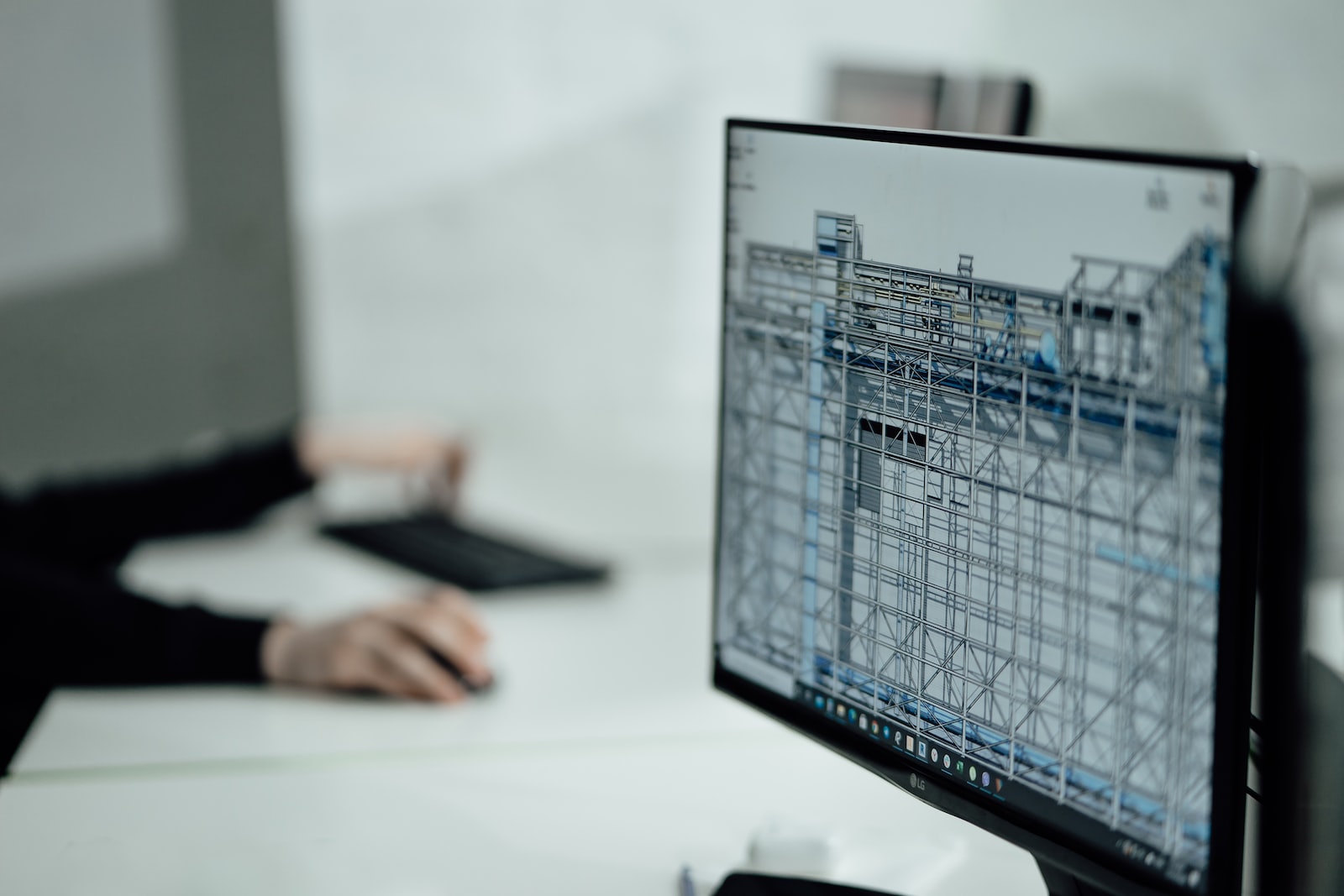SENSOWORKS ANNOUNCES ITS Participation to MAKER FAIRE ROME 2023
One of Italy’s most promising startups, Sensoworks, has chosen Maker Faire Rome to enhance its positioning and maximize business opportunities.
Sensoworks is the intelligent monitoring platform that collects, monitors, and interprets data from sensors connected to infrastructures such as bridges, tunnels, water networks, and sewage systems.
Sensoworks offers an innovative end-to-end software solution for intelligent monitoring that allows comprehensive information to be obtained from complex and integrated data (from the field and open systems). Sensoworks provides real-time monitoring support, control, and predictive maintenance for large civil infrastructures, applicable to circular city services, the manufacturing sector, and energy efficiency.
“Humanizing Things” is Sensoworks’ vision, with its main mission to “make things speak”. Therefore infrastructures such as bridges, tunnels, construction sites, buildings, and wind turbines become intelligent and capable of telling us what they need.
Sensoworks focuses on understanding – and helping its clients understand – the health status of these “objects” based on the vast amount of data they communicate. This enables easy prevention of breakdowns or issues.
DREAMING OF SUSTAINABLE CITIES
Sensoworks dreams of our cities, streets, and infrastructures becoming sustainable. It, then, envisions a future where critical issues are predicted and avoided, maintenance costs are minimized before damages become irreparable, and waste becomes a thing of the past. Moreover, Sensorworks wishes to ensure a daily experience of efficient and safe ecosystems that serve the citizens.
MAKING INFRASTRUCTURES SPEAKS
Infrastructures, cities, production plants and businesses become “intelligent” and can tell us what we need. Sensoworks’ role is to understand – and help its clients understand – the health status of these “objects” based on the vast amount of data they communicate. This makes it possible to easily prevent failures, problems, or improve their usage.
For this reason, Sensoworks collaborates with companies that have a solid foundation in infrastructure monitoring and service management, those producing advanced sensors, and experts in the field of monitored “things.”
USE CASES: HOW SENSOWORKS HELPS BUSINESSES IN THEIR ACTIVITIES
Sensoworks was born with the goal of supporting companies in their digitalization journey and, in particular, helping them manage the right infrastructure, focus IT efforts based on their goals, and choose the right product for their budgets and ambitions. In this regard, Sensoworks has found great success in the market, building strong relationships that have enabled it to work with major companies on international projects of relevance.
The following case studies, including one involving Acea, a partner of Maker Faire Rome, provide a clear idea of how Sensoworks has helped others solve specific problems.
WASTE MANAGEMENT FOR ACEA

ACEA is an Italian multiservice company active in the management and development of networks and services in the water, energy, and environmental sectors. It manages water, produces and distributes electricity, and revalues waste. With one goal: to generate value for people and the territory in which it operates.
The Challenges:
- Designing a monitoring device for the acquisition, processing, and transmission of data collected from waste containers, such as fill level, tipping, emptying, fire, collision, and positioning. We have developed and installed several devices for monitoring urban bins distributed along the roadside.
- Optimizing waste collection through the use of smart picking and smart tracking algorithms available in Sensoworks’ IIoT platform. These algorithms optimize the collection route based on the fill status of each individual container and its availability. For example, a container that has been tipped or collided with is excluded from the collection route and reported to maintenance teams as requiring attention.
- Managing events and alarms for each container. This type of intervention allows maintenance teams to be promptly notified of events recorded by the monitoring device, such as tipping, fires, collisions, or repositioning.
The Activities:
- Measurement of residual urban waste volume and container status (smart tracking). The residual urban waste (RUR) must be promptly collected from containers that can provide direct and unique information about the container identifier, fill level (residual volume), general conditions (accidental drops, collisions, incorrect container positioning, fires, etc.), and the date and time of collection. Some of this information can also be collected for household waste (door-to-door collection). Smart collection.
- The management of the vehicle fleet for waste collection and the optimization of collection activities can be enhanced by receiving near real-time information from smart tracking devices inserted in the containers. In this way, the route and waste collection activities are calculated based on the actual fill status of the containers. Data analysis, predictive maintenance.
- The information collected through the devices installed in the containers, combined with the collection data, allows for detailed analysis of container usage, their health status, and any maintenance needs, as well as optimizing the routes taken by the collection vehicles.
SMART INFRASTRUCTURE FOR SIPAL

Sipal, an Italian company founded in the late ’70s as an engineering hub serving the aerospace and defense sectors, became part of the FININC infrastructure group in the ’80s, expanding its activities into the automotive sector.
Over the past twenty years, Sipal has developed expertise in the design and project management of public works, road infrastructure, highways, and railways, making it a company capable of providing comprehensive engineering services competitive in both the civilian and military markets. Currently, it manages the monitoring of two major highway sections: the A3 from Salerno to Pompeii to Naples and the Pedemontana Veneta. Within this scope, Sensoworks offers IoT monitoring services applied to infrastructure monitoring.
The Challenge:
- Structural monitoring of 23 highway viaducts with the dual purpose of identifying structural anomalies, including the state of damage to the structures, and planning maintenance interventions.
The Activities:
- Data acquisition from sensors. Each viaduct installs an average of 150-200 sensors for static and dynamic monitoring. Sensors such as inclinometers, thermometers, extensometers, triaxial accelerometers, and optical prisms have been used. The collection of all this data is centralized on a single platform. The sensor layer is integrated within the digital twin, allowing operators to access monitoring instrumentation precisely. • Event and alarm management (continuous monitoring). The goal is to centralize events and alarms received from each viaduct to intervene promptly and automatically or manually for resolution. The client manages multiple viaducts distributed across the territory, making centralized event control crucial.
- Digital Twin. Accessing information about materials, systems, structure, and operational details of each viaduct through the georeferenced and navigable BIM model, creating a digital twin.
- Predictive analysis of structure behavior. The automated execution of algorithms for predictive analysis of structural behavior involves using artificial intelligence algorithms to analyze data related to the structures and predict their future behavior. The algorithms used can be broadly divided into two families, distinguished by the knowledge regarding the damaged and undamaged states of the structure.
The Benefits:
- Integrated management of multiple structures within the Sensoworks IIoT platform. Thanks to the platform’s auto-provisioning function, the client can automatically register all installed sensors and acquire telemetric data in real-time for each new viaduct. Each viaduct is monitored in real-time, and the information can be accessed through dashboards or directly on the georeferenced BIM model. For each viaduct, it is possible to access demographic information, technical specifications, maintenance interventions performed, and events/alarms that have occurred over time or are currently active.
- Optimization of maintenance activities for each viaduct or group of viaducts. With the aim of effective damage prognosis, the execution of environmental modal identification processes, also known as operational modal analysis (OMA), seeks to identify the modal properties of a structure based on vibration data collected when the structure is in its operational conditions, with no initial excitation or known artificial excitation. The modal properties of a structure mainly include natural frequencies, damping ratios, and modal shapes.
fonte: Sensoworks
immagine di copertina: Sensoworks
Maker Faire Rome – The European Edition has been committed since its very first editions to make innovation accessible and usable to all, with the aim of not leaving anyone behind. Its blog is always updated and full of opportunities and inspiration for makers, makers, startups, SMEs and all the curious ones who wish to enrich their knowledge and expand their business, in Italy and abroad.
Our Calls are open: if you too have a brilliant, innovative and unpublished project that you would like to present at #MFR2023, discover the Call for Makers, the Call for Schools and the Call for Universities & Research Institutes. Choose the one that suits you best and submit your idea by June 15: if selected, you will exhibit it at Maker Faire Rome, on October 20 – 22.



















































































